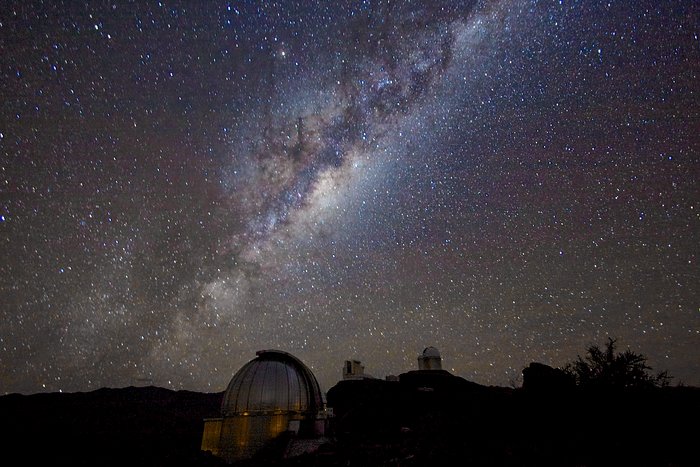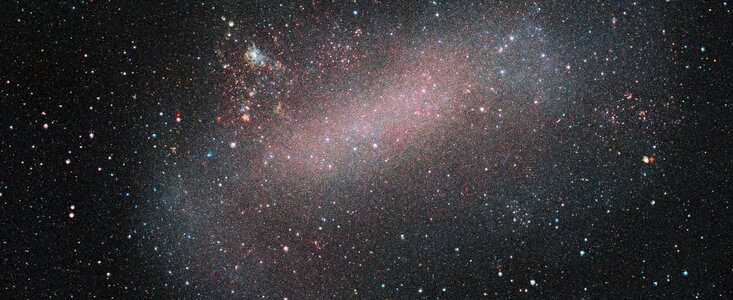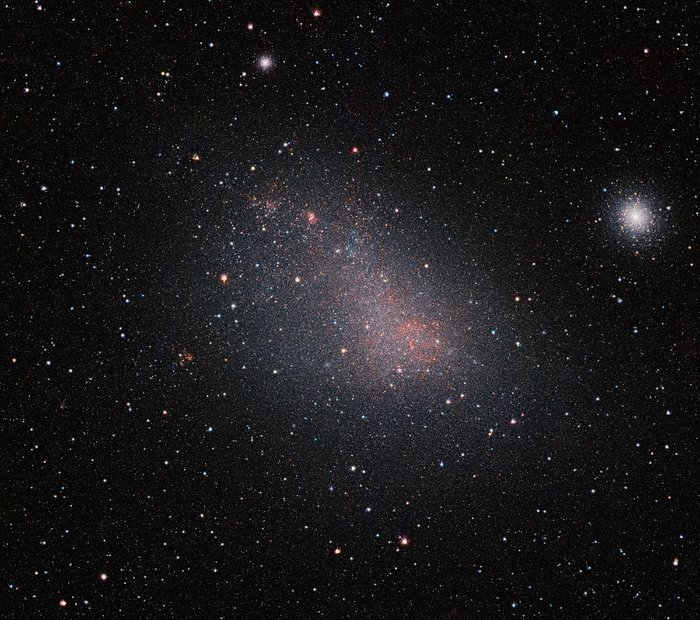If you have ever gone to a dark sky location and looked at the sky on a clear night, you would have seen an impressive sight. The majestic Milky Way, our beloved host galaxy, is spread across the sky, in both the summer and winter seasons, lighting up the ground, even without a Moon.
Welcome to this post on Galaxies, the cosmic neighbourhoods.
What is a Galaxy?
A galaxy is a system of stars, stellar systems, nebulae, dark matter and dark energy that is held together by gravity.
Most galaxies are from 10 billion-13.6 billion years old. A few galaxies are about 13.8 billion years old and were formed a short time after the big bang.
On the other hand, some galaxies are very young, the youngest of them estimated by scientists to be only around 500 million years old.
Galaxies can collect together in groups of 100 or less, held together by their gravity. Larger groups, called clusters can contain thousands of galaxies. Groups and clusters of galaxies form superclusters, but are not gravitationally bound.
Types of Galaxies
Galaxies are classified into various types based on their structure, shapes, the activity in their centre and the angle at which we view them.
The main types of galaxies are-
Spiral Galaxies
Spiral galaxies are galaxies whose shapes resemble pinwheels. In such galaxies, all of the stars and visible matter lie mostly in a single plane. However, the majority of the mass of such galaxies is present in a halo of dark matter

Credit: NASA/JPL-CalTech.
The arms of spiral galaxies can be loosely or tightly wound up. While viewing spiral galaxies from Earth, the arms of some galaxies like the Sombrero Galaxy are not visible because we are looking at them from the side-on.
The Milky Way and the Andromeda Galaxy are well known spiral galaxies. They are barred spiral galaxies, a subtype of spiral galaxies that have a 'bar' of stars, gas and dust along their centre.
Elliptical Galaxies
Elliptical galaxies have a round or oval shape and are less common in the Universe than spiral galaxies.
Such galaxies generally have no internal structure and contain only older stars as very little star forming material is left over after the initial burst of stars. Hence, they contain very little interstellar material.
Elliptical galaxies are quite similar to globular star clusters. Scientists think that they form from collisions with spiral galaxies.
A well known elliptical galaxy is NGC 2865, located in the constellation of Hydra
Lenticular Galaxy
A lenticular galaxy is a somewhat intermediate galaxy that has properties of both spiral and elliptical galaxies. They have a central bulge and disk, like a spiral galaxy, but no arms, and an elliptical halo of stars.

Credit: NASA/ESA and The Hubble Heritage Team.
Scientists think that such galaxies might be older spiral galaxies whose arms have faded, or might have been formed by the merger of spiral galaxies. However, no conclusive evidence has been found.
Irregular Galaxies
Like the name suggests, irregular galaxies have irregular shapes, and masses ranging from 100 million-10 billion solar masses.
Scientists believe that the odd shapes might be due to interactions with other galaxies that made the galaxy lose some of its material, become distorted or form a completely new shape.
The Magellanic Clouds orbiting the Milky way are a pair of dwarf irregular galaxies.
That is all for this post! Use the follow.it widget to recieve posts from Cosmexplainers directly in your inbox!
Clear skies,
Aarav Iyer
.png)




